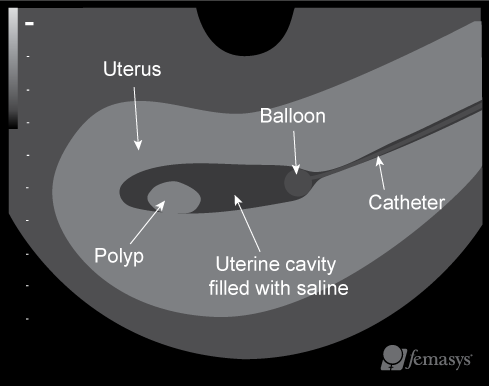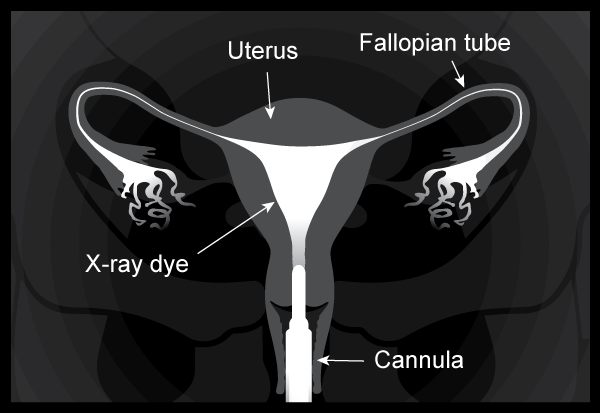
Check Your Tubes
Tubal infertility is more
common than you think.




The only way to know if your tubes are causing infertility is to have them checked.
1Beverley, et al. (2018) Evaluation of Tubal Patency with a Saline-Air Device. J Reprod Med; 63(3):120-126.

What causes blocked tubes?
Blocked tubes can be caused by factors like the following:2
Pelvic infection(s)
Sexually transmitted diseases, such as Gonorrhea or Chlamydia
Endometriosis
Prior surgery (abdominal)
Prior ectopic pregnancy
Genital tuberculosis
2Khalaf, et al. (2003) ABC of Subfertility - Tubal Subfertility. BMJ; Vol 327:610-613.

How are my uterus/tubes checked?
Your uterus and fallopian tubes can be checked using either ultrasound or fluoroscopic x-rays.
Uterine evaluation:
Saline alone is used to evaluate the uterine cavity during a saline-infused sonogram (SIS). This procedure checks for polyps or other abnormalities in the uterus.
Saline alone should not be used to check the fallopian tubes as it cannot be seen under ultrasound.

Tubal evaluation:
A saline-air contrast (bubbles) is added to the uterus to view the fallopian tubes. The bubbles shine brightly under ultrasound allowing your doctor to see if your tubes are open or blocked.

Uterine and tubal evaluation:
Fluoroscopic x-rays with x-ray dye are used to look at your uterus and fallopian tubes during a procedure called a hysterosalpingogram (HSG). This is typically done by a radiologist in a location separate from your GYN’s office. With an HSG, you are exposed to radiation and are at risk of an allergic reaction from iodine based contrast dye.

Infertility Work-Up
Use the checklist below to see which diagnostic work-ups you've completed.
Download a printable infertility worksheet to keep track of the status of your diagnostic work-ups.
Download